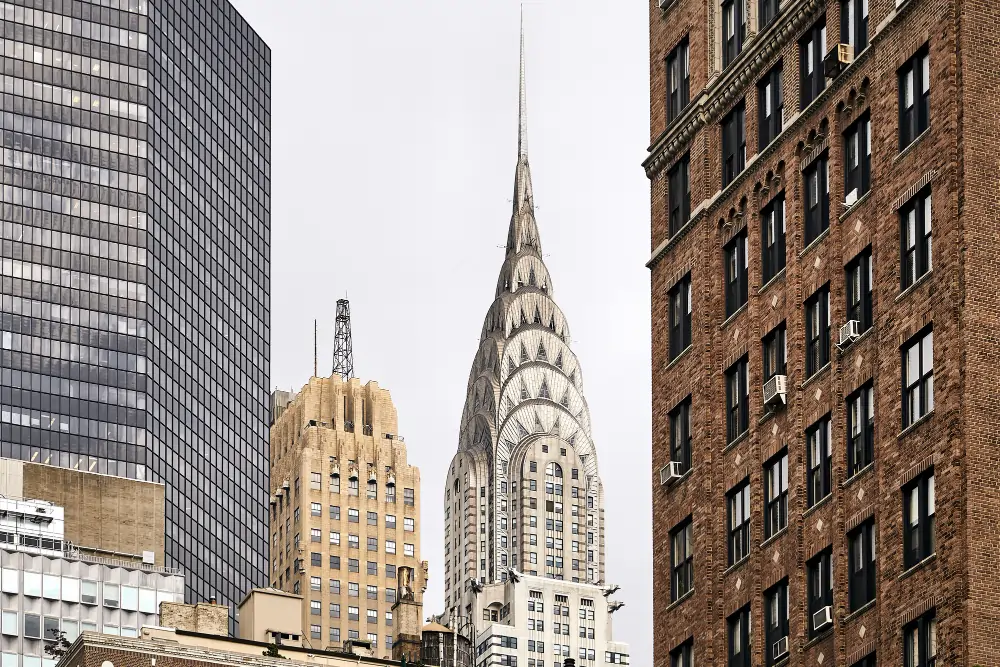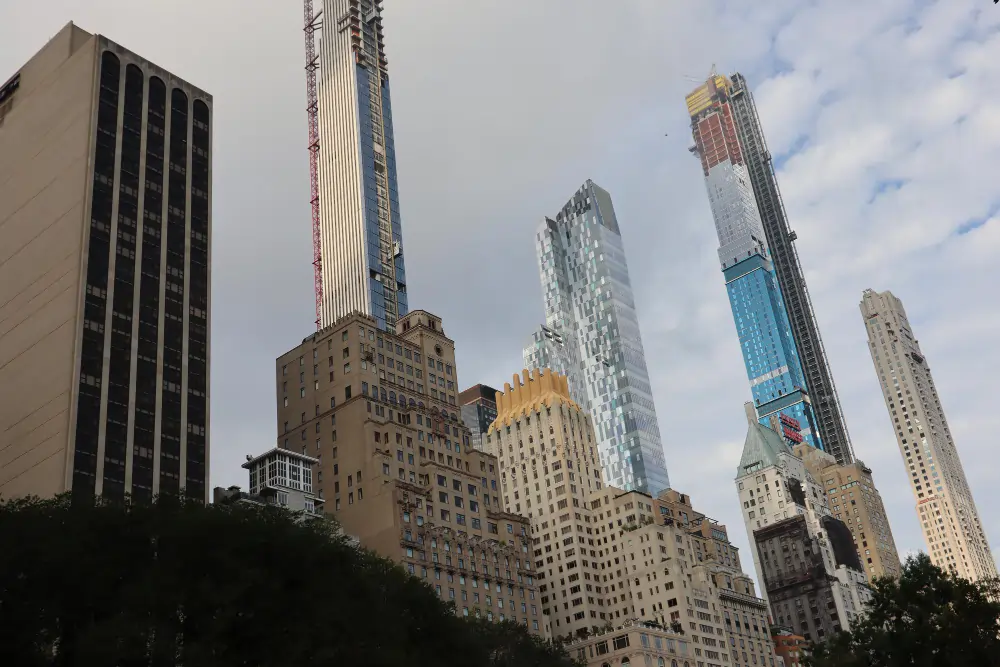Lorem ipsum adipiscing purus fermentum. Praesent vitae quam sed...


With the increasing focus on sustainability, the architectural industry is undergoing a monumental change. Architects and builders are turning to smart building design trends that not only appeal visually to us but also help save the environment. In this blog, we will explore the most prominent trends in sustainable architecture, keeping a close eye on how advancements in technology and design are leading a new era of eco-friendly development.
It is leading this architectural transformation. Such design combines cutting-edge technologies that improve energy efficiency, boost occupant comfort, and simplify maintenance tasks. Below are several essential elements of intelligent building design:
Smart building systems are crucial in contemporary architecture. These systems employ sensors and automation to oversee and manage different building operations like -
For example, such a building can modify its heating according to occupancy trends or utilize daylight sensors to lower artificial lighting when there is enough natural light. This not only lowers energy use but also fosters a more pleasant living space for residents.
These are gaining more popularity in intelligent buildings. These systems monitor energy consumption in real time, enabling building managers to observe usage trends and pinpoint opportunities for enhancement. Through the adoption of strategies like demand response programs—where energy consumption is modified according to supply conditions—structures can greatly diminish their total energy impact.
The architectural field is experiencing a rise in sustainable architecture trends that emphasize environmental accountability while maintaining functionality and visual appeal. Here are several significant trends:
Passive design emphasizes the efficient use of natural resources to ensure comfort inside buildings. By carefully placing windows to maximize sunlight intake and incorporating thermal mass materials that capture heat during the day and emit it at night, architects can design areas that self-regulate temperature with minimal dependence on mechanical systems.
NZEBs are designed to generate an equal amount of energy to what they use throughout an entire year. Reaching this ambitious objective frequently requires a mix of high-quality insulation, energy-saving devices, and renewable energy options.
Modular construction is becoming more popular as an effective building approach that reduces waste and speeds up project schedules. In this method, pre-made modules are produced off-site and then put together on-site, greatly decreasing construction waste and duration.
The selection of materials is essential in designing sustainable buildings. The sector is progressively moving towards sustainable construction materials that reduce environmental effects while maintaining durability and effectiveness.
Using recycled resources like reclaimed timber, recycled metal, or reused bricks can greatly minimize waste. It also decreases the carbon footprint related to the production of new materials. By integrating these materials into new builds or restorations, architects can greatly aid sustainability initiatives.
Advancements in concrete technology have resulted in the creation of carbon-negative concrete. It absorbs more CO2 than it releases in the manufacturing process. This material not only helps reduce emissions but also improves the sustainability aspects of buildings.
Hempcrete is another green alternative emerging in sustainable architecture. Hempcrete is a fireproof, lightweight, and insulating material made out of a blend of hemp fibers and lime-based binders. Because of its low embodied energy, it is a very attractive timber option for environmentally aware builders.

Focusing on green architecture innovations is important not only to make buildings sustainable but also to have the ability to adapt to changing environmental conditions.
Biophilic design encourages the connection of nature and architecture with the inclusion of natural features in the property designs. Green walls, indoor gardens, and big windows that bring in natural light are factors that can improve mental health and restrain dependence on artificial light.
Newer technologies in material science have also led to the development of self-healing concrete that heals cracks automatically when moisture is present. This not only prolongs the service life of buildings but also minimizes their maintenance costs—an invaluable benefit for any real estate owner.
PCMs are a class of eco-friendly building materials that store thermal energy by changing their state from solid to liquid or vice versa. They are used to keep indoor temperatures within a certain range. When incorporated in building envelopes, their use can lead to a substantial reduction in heating and cooling needs.
Looking forward, the future of intelligent architectural design will probably be marked by a heightened focus on sustainability and the incorporation of technology.
Analytics powered by AI will facilitate more intelligent decision-making in building management systems by enhancing energy usage through real-time data evaluation. This feature will enable predictive maintenance plans that reduce downtime while prolonging equipment durability.
Additionally, AI can enhance space utilization by examining occupancy trends—assisting organizations in optimizing their resources while cutting down on unnecessary costs.
3D printing technology has the potential to revolutionize construction by enabling quick prototyping of building parts while minimizing waste. Architects can develop intricate designs that were once challenging or costly to produce while still achieving sustainability objectives.
This groundbreaking method not only minimizes material waste but also facilitates customization on an unparalleled scale—enabling unique designs crafted specifically for client requirements.
Upcoming designs will emphasize resilience to climate change effects via adaptive infrastructure that can endure severe weather occurrences while preserving functionality. Integrating elements like green roofs or permeable pavements aids in reducing urban heat islands and effectively managing stormwater runoff.
By adopting design principles centered on resilience and integrating sustainability initiatives, architects can play a crucial role in developing cities that are more prepared to face upcoming environmental challenges.
Innovative architectural design trends are influencing the future of sustainable construction projects by integrating technology with environmentally conscious methods. The combination of intelligent building systems, cutting-edge materials, and green architecture trends will lead to designs that fulfill human requirements while honoring the planet's resources.
Lorem ipsum adipiscing purus fermentum. Praesent vitae quam sed...
Lorem ipsum adipiscing purus fermentum. Praesent vitae quam sed...